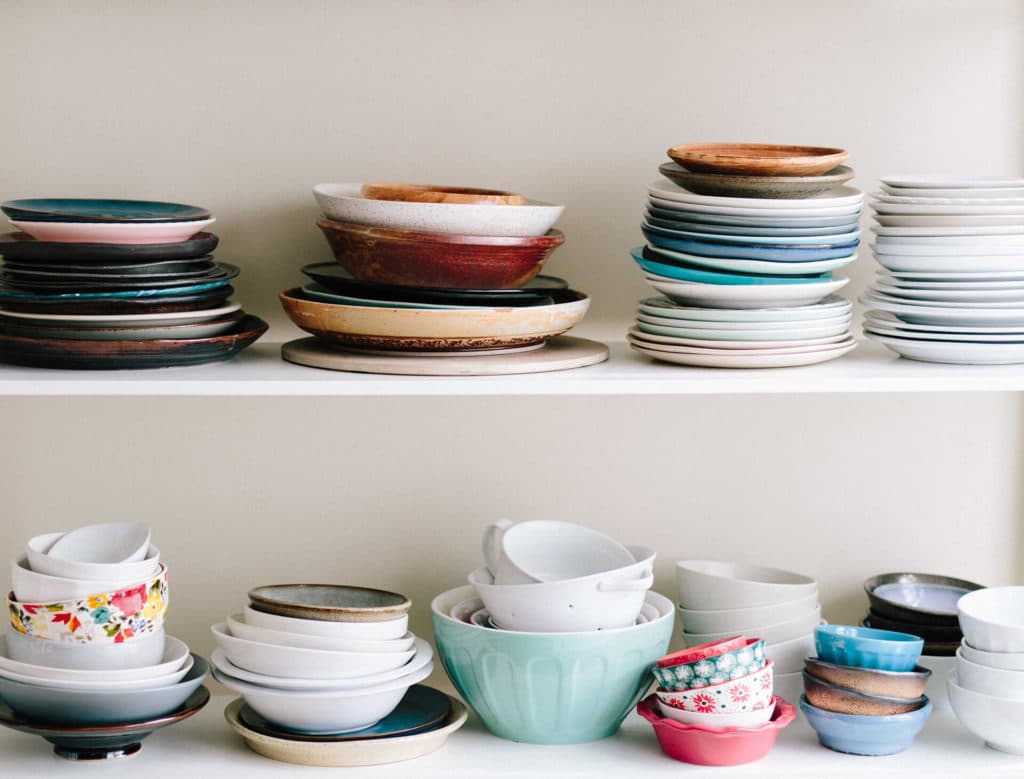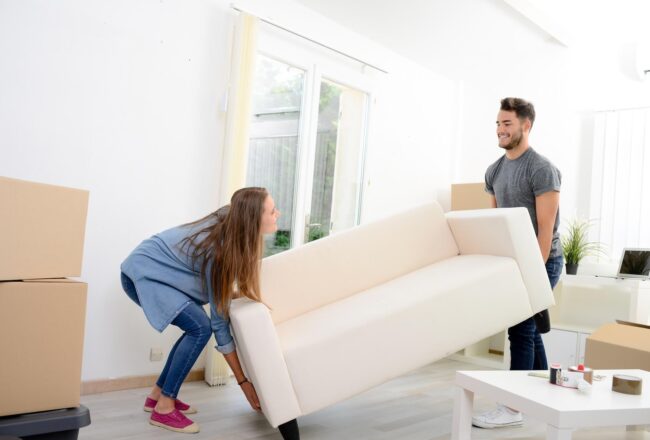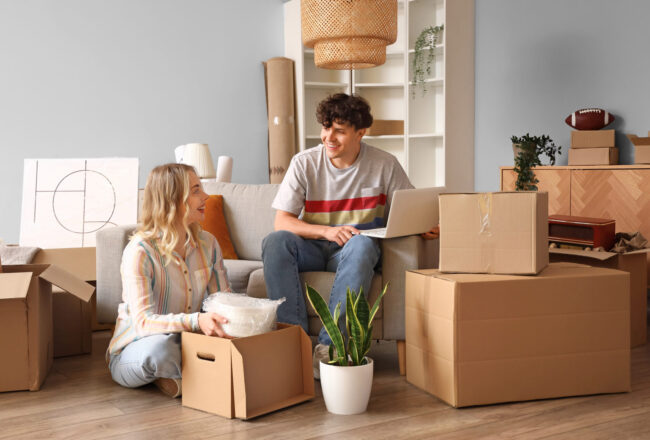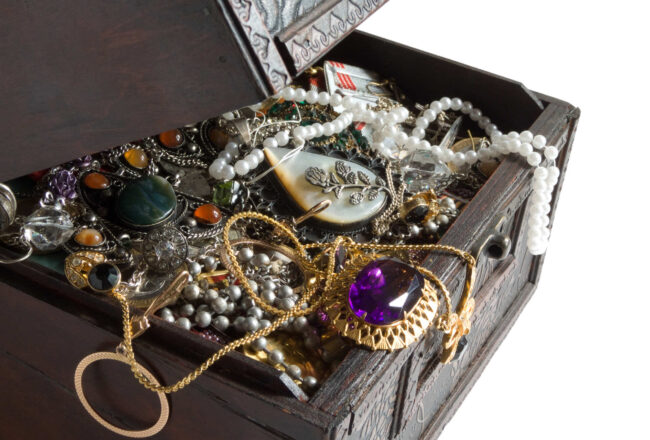When preparing for a move, you need to be accustomed to all of the tricks on how to pack plates for moving. You need to secure that each of them gets to your new housing in one piece, which is not always an easy task. But there is no room for despair! Follow our ultimate guide and ensure that your platters arrive at their destination intact.
Preparation – What To Do the Day Before?
Organizing a move on time could be very important in achieving a stress-free relocation. In line with that, when packing plates for moving, preparation should be the first step on your relocation checklist. You should consider several different aspects that are important for boxing them up before the action itself.
Selection and Cleaning Before Packing
We all have those types of dishes we don’t use, but we don’t want to throw them away because they have some sentimental value for us. However, they can give you a big headache when boxing up your kitchen utensils. If you are making a list of what should you not pack when moving, reconsider which dishes you genuinely want to keep. The rest of the items you can throw away (if broken,) donate, or organize a garage sale and earn some extra money.
It would be preferable to wash and dry each dish on time, a week or so before an actual move. We know you wonder why we’re pointing this one as an actual step – who wouldn’t wash platters before a move? Well, when you have so many more important things to do, this task may become forgotten. You could always buy disposable dishware, which will give you the freedom of washing and boxing up your utensils days before a relocation date. Disposable dishware can also be very valuable when you have a last-minute move. The last step of your preparation should be sorting your platters.
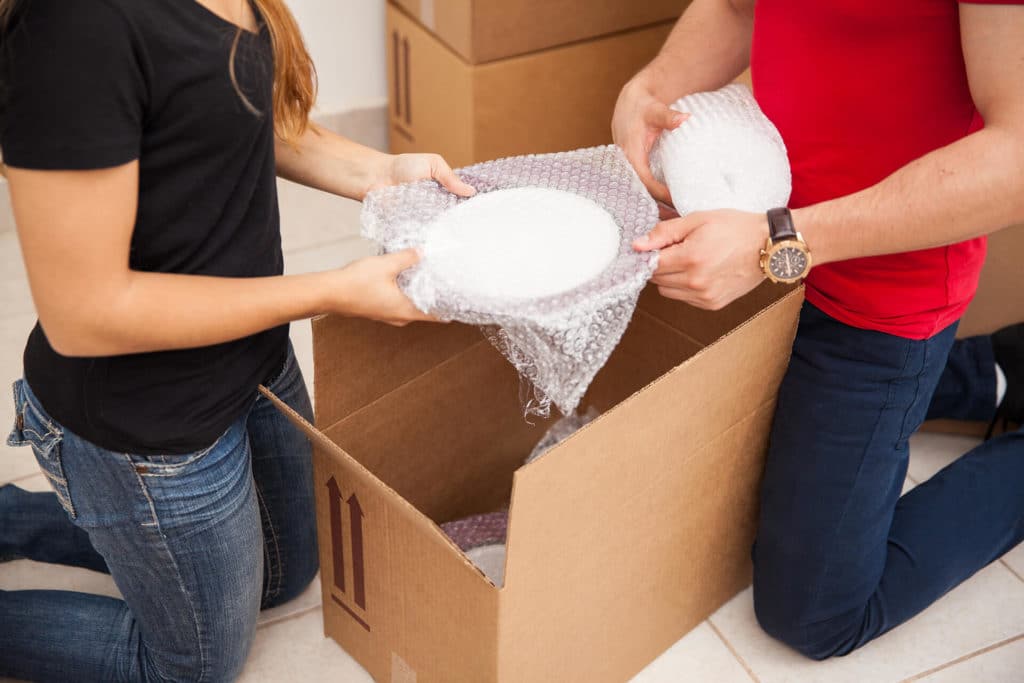
Tips and Suggestions for Choosing Boxing-up Supplies
Every preparation should include the gathering of needed supplies. The most necessary packing materials are:
- Boxes,
- Wrapping material,
- Marker,
- Packing tape (not duct tape.)
How to Pick the Perfect Box When Moving?
For this type of dishware, pick middle-size boxes. If you select a massive one, you are bound to put heavy breakables on top of each other, which could cause them to shatter. On the other hand, it could cause a waste of your wrapping material on filling up space.
Many companies are selling different kinds of cartons for relocation, so choose the most suitable company for your needs. For example, pick Amazon if you want a home delivery service or Walmart if your main criterium is affordability. If you’re going to take extra precautions, you could buy dish boxes – cartons specially designed for boxing up dishes, or just dish barrels, which will help you separate this type of utensils.
Wrapping and Labeling – What Not to Forget
You can choose different materials for wrapping up plates. The most common wrapping material is paper. Be careful to purchase a proper amount of wrapping supply. It is always better to buy more – you can utilize that extra material for something else or as an additional layer and protect your dishware even more.
For relocating efficiently, don’t forget to label all of your cartons so that the unpacking process doesn’t take much of your time. However, when it comes to boxing up delicate items, remember to put additional labels, such as “Fragile” or “This side up.” This way state to state movers will be informed about those packages they should handle with more care.
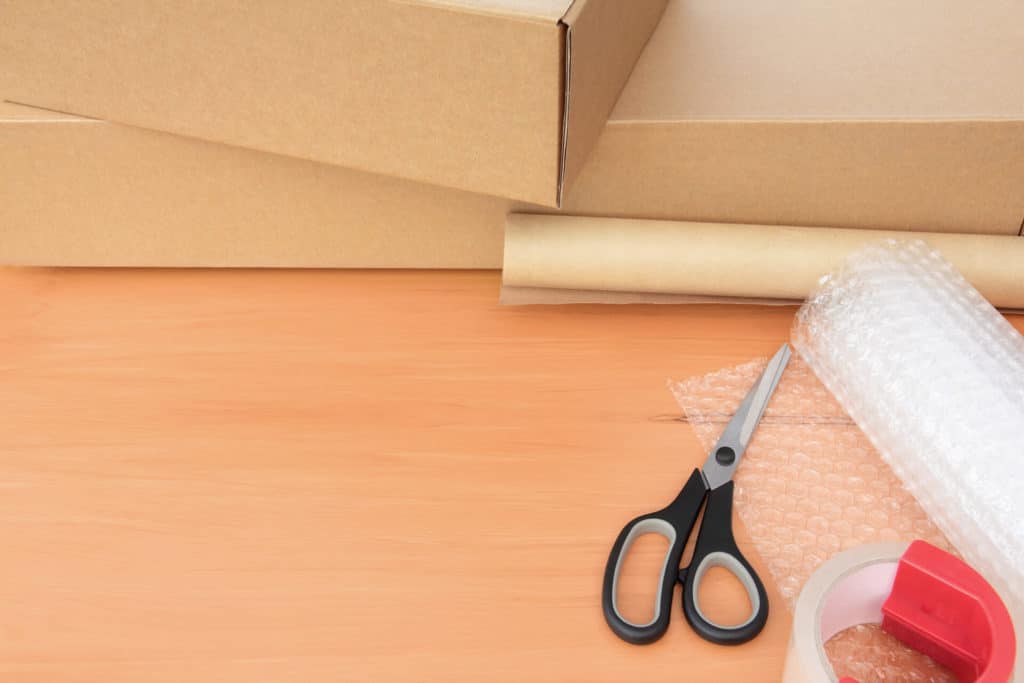
The Best Way To Pack Plates and Save Your Money
The cost of interstate moving can be a little bit too much. If you don’t want to spend more money on relocation supplies, you can follow our suggestions on finding free boxes and different types of wrapping materials.
Make sure to ask your local stores if they have some excess boxes, whether it is a market, a liquor store, or cafes and restaurants. It is most likely that they have cartons that will be thrown away at the end of the day. You can also find the cheapest ways to move by diving into an online world and exploring more options on networks.
When it comes to wrapping materials, you can utilize those you have at your house. For example, use a newspaper instead of packing paper. However, newspapers can leave black ink on your dishes. Remember to check for black spots before putting utensils in their new place. Following this piece of advice, you could save money, but it may take you more time to unpack after a move.

How Do You Pack Dishes Without Papers?
When you are thinking about paper-free wrapping options, you can always choose a bubble wrap, which is probably the safest option for boxing up. However, note that this kind of wrapping is producing a lot of plastic waste. By choosing it, you will be picking the least ecological option. When it comes to questioning how do you pack dishes for moving with bubble wrap, just read the previous section and cover your platters following the same steps.
Supplies You Can Find at Your Home
If you wonder what you will do with loads of paper or plastic after the move, notice that clothes, rugs, and towels could be excellent homemade relocation materials. You can use those materials the same way as other wrapping supplies. This option is the best one if you are looking for cost-free materials, but ones that don’t produce much waste. It is suitable for platters, but also other kitchen utensils, such as glasses or bowls.
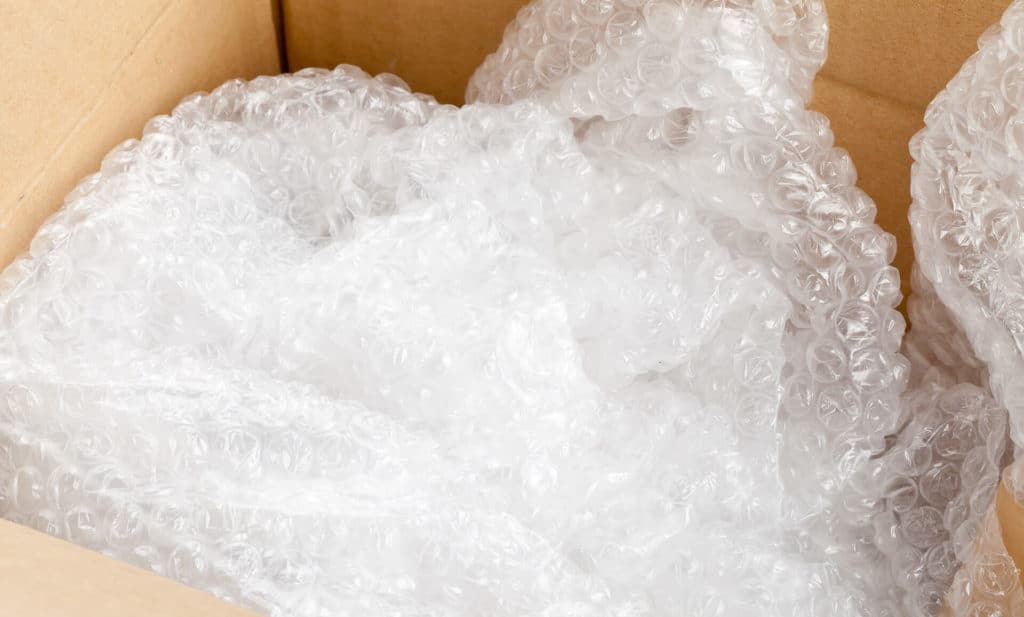
How To Pack Plates for Moving – The Process Itself
If you don’t plan on using packing services, you will need a few suggestions on how to box your dishware up all by yourself. First of all, don’t forget to prepare a bigger, flat working surface and place your chosen wrapping material on it. You can choose from several different wrapping techniques according to your chosen supplies and the level of protection you want.
Moving state to state often indicates a large number of miles and hours spent on the road, so the general well-being of your dishware can get challenged. The best way of protecting your utensils from breakage is to cover them individually. Put the plate in the middle of the wrapping paper and cover it so that all four sides meet in the middle, and tape them up. Repeat the process with the platter placed upside down.
Tips for Saving Your Time on Wrapping
If you want, you can try to cover multiple platters simultaneously (not more than four.) Put several sheets of wrapping material on the table and then place the first dish in the center of it. Fold only one side of the material and cover the plate. Repeat the process for the next three times. The rest of the corners fold around the platters so that every edge is secured. Use the tape to make sure that the material doesn’t move.
Wrapping your platters following these steps should provide the required level of protection. However, ensure that the long-distance moving service of your choosing is taking good care of their customers’ breakables.
If you want a visual representation of the steps we enumerated and described, watch the following video.
How To Pack Plates for Shipping – A Few More Suggestions
If the previous explanation isn’t enough for you and if you want to become an expert in boxing up your dishware, try to memorize the following steps:
- No matter what technique you choose, be certain that your platters are always placed vertically in the box and that they are all facing the same direction.
- Make sure to be extra careful when it comes to china dishware. See that you have a few extra layers of wrapping for the most fragile items. The same advice goes for all of your dainty dishware (glasses, teacups, and alike.)
- Before putting your platters in the carton, remember to add padding on the bottom. Try to put some material on all four sides, too. Leave some room on the top of a carton, and add some fabric there. That way, your platters will be nicely tucked in, and the possibility of breakage will be even slighter.
- Be sure that your platters don’t move. Add some extra fabric, if necessary.
- Platters and bowls will probably be the heaviest dishware you are relocating. Put platters at the bottom of your box and then some lighter items on top of them if you have much more space.
- On our website, you can find more information about wrapping your dishware, including suggestions on boxing up pots and pans, glasses, and alike.
The Relocation Day – Be Careful With Loading
If you decide to relocate by using your relocation truck instead of hiring professional movers, you need to carefully think about the way and order of loading your dishware. It would be preferable if you could hire companies that offer their loading and unloading services because their workers will know the best ways of loading your delicates, so they arrive at your new housing in one piece.
Platters could be considered a part of relocating essentials, so you don’t want them to be under the layers of other furniture. China platters, however, are more delicate and valuable, so think about placing them in a closed space, such as a cabinet, so that cartons don’t move. This way you are providing extra protection.
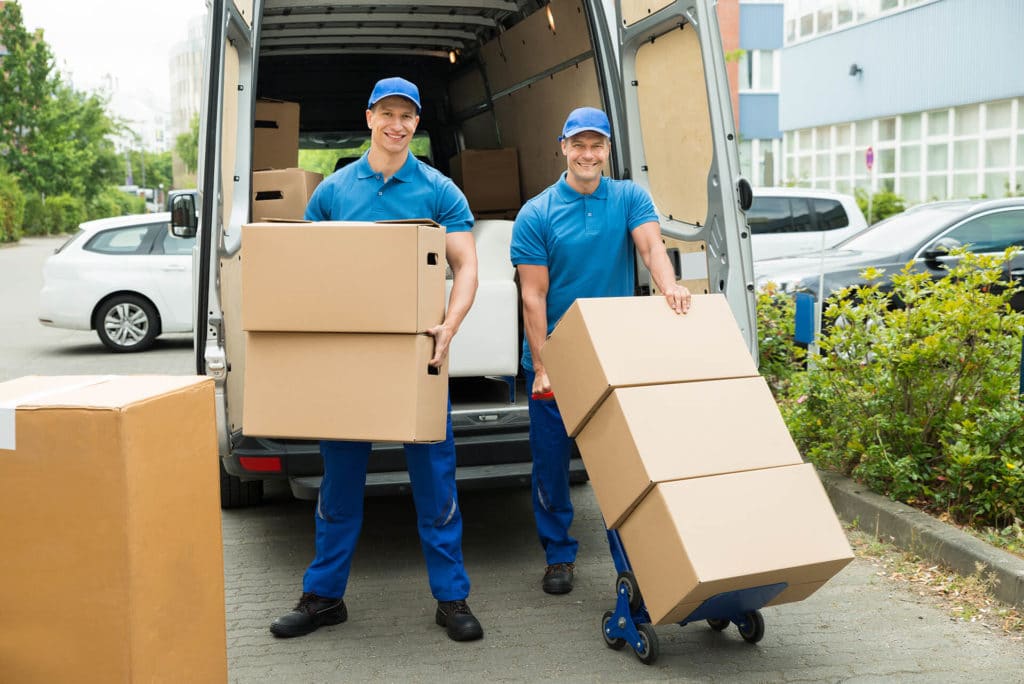
Hire Professionals and Ease Your Mind
If you think that boxing up your platters and other kitchen utensils will make you miserable for few days and you decide to let someone else do it, you can consider hiring professional movers. They will not help you only with relocating furniture – their packing crew will box up all of your fragile kitchen utensils professionally!
When moving interstate, you should also consider renting storage that will safely hold all of your belongings until you settle entirely. Don’t forget to research which of the relocation companies offer their storage facilities, so you don’t need to pick one all by yourself.
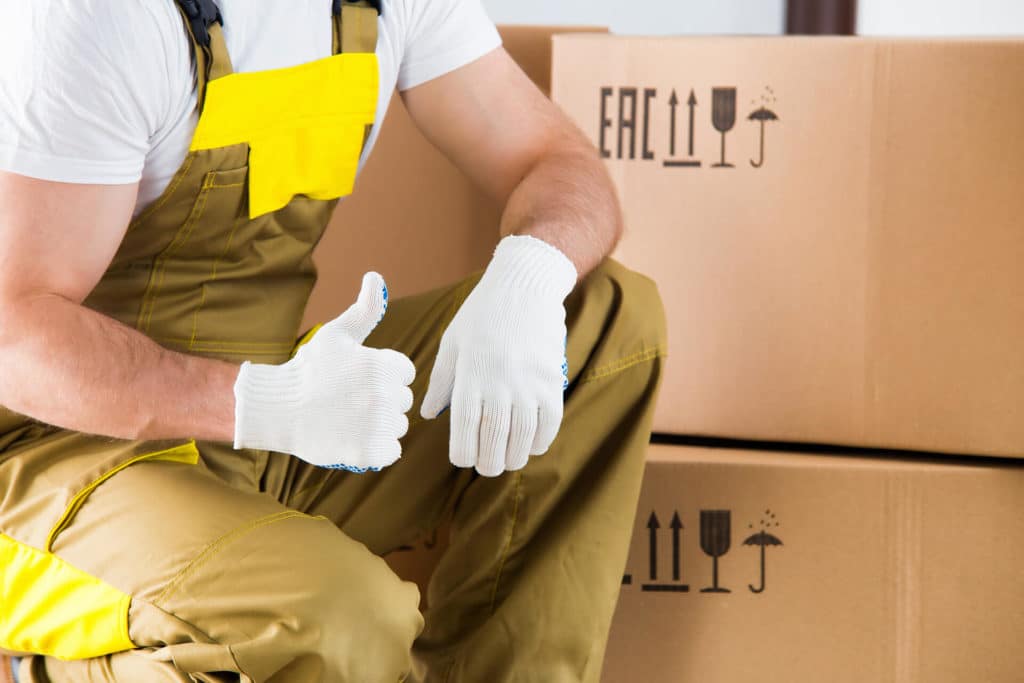
Enjoy Your Old Dishware in a New Home
Following previously mentioned relocation hacks, you will be able to preserve your dishware and keep using them in your new housing. Those suggestions can be of enormous help to you, especially if you are relocating for the first time. On the other hand, if you have experience in relocations, our tips will help you improve your skills. Either way, if you follow our guide, you will master the art of boxing up platters in no time.

